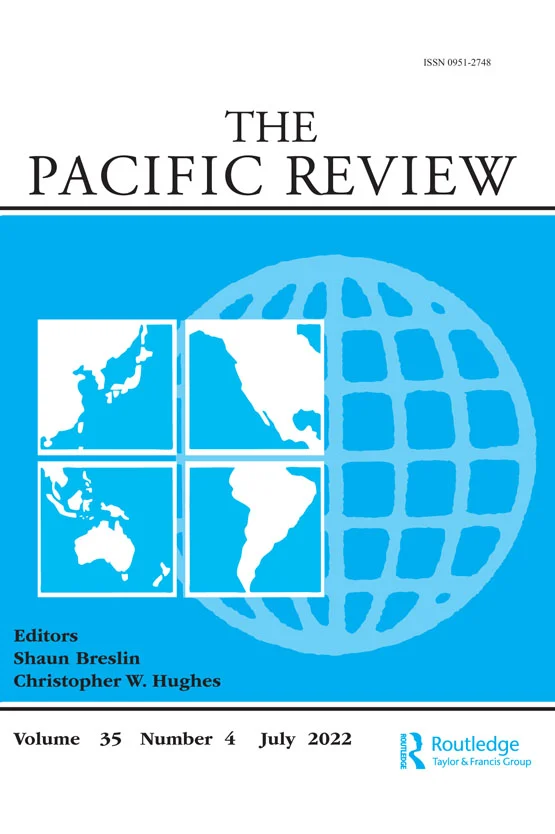
This article argues that a peculiar pattern of dependent asymmetry – ‘dual dependence’, i.e. a combination of internal and external dependence – has come to characterize the structure of China-Myanmar relations since the late 1980s. The hypothesis we present is that shifts in this pattern of dependent asymmetry account for fluctuations in China-Myanmar relations between 2011 and 2021. We test this hypothesis against empirical evidence from what we identify as two shifts in the structure of bilateral relations: for each, we trace how structural changes were perceived in Naypyitaw and Beijing, and how such perceptions oriented an adjustment in their respective policies. Myanmar’s reduced external dependence on China in 2011–2012 expanded the set of the potential courses of action available to Myanmar’s decision-makers and reduced the set of those available to China; conversely, the opposite happened in 2017–2018, following Myanmar’s return to full-fledged external dependence on China. The paper finally speculates that the military coup in 2021 could well represent a third shift in the structure of bilateral relations, further strengthening Myanmar’s external dependence on China and constraining the military government’s room of manoeuvre.
Simone Dossi (T.wai & University of Milan) and Giuseppe Gabusi (T.wai & University of Turin) are authors of the article “Of constraints and opportunities. Dependent asymmetry in China-Myanmar relations, 2011–2021” published in The Pacific Review, Volume 35, Issue 4 (2022).


Corso Valdocco 2, 10122 Torino, Italy
Sede legale: Galleria S. Federico 16, 10121 Torino
Copyright © 2025. Torino World Affairs Institute All rights reserved
